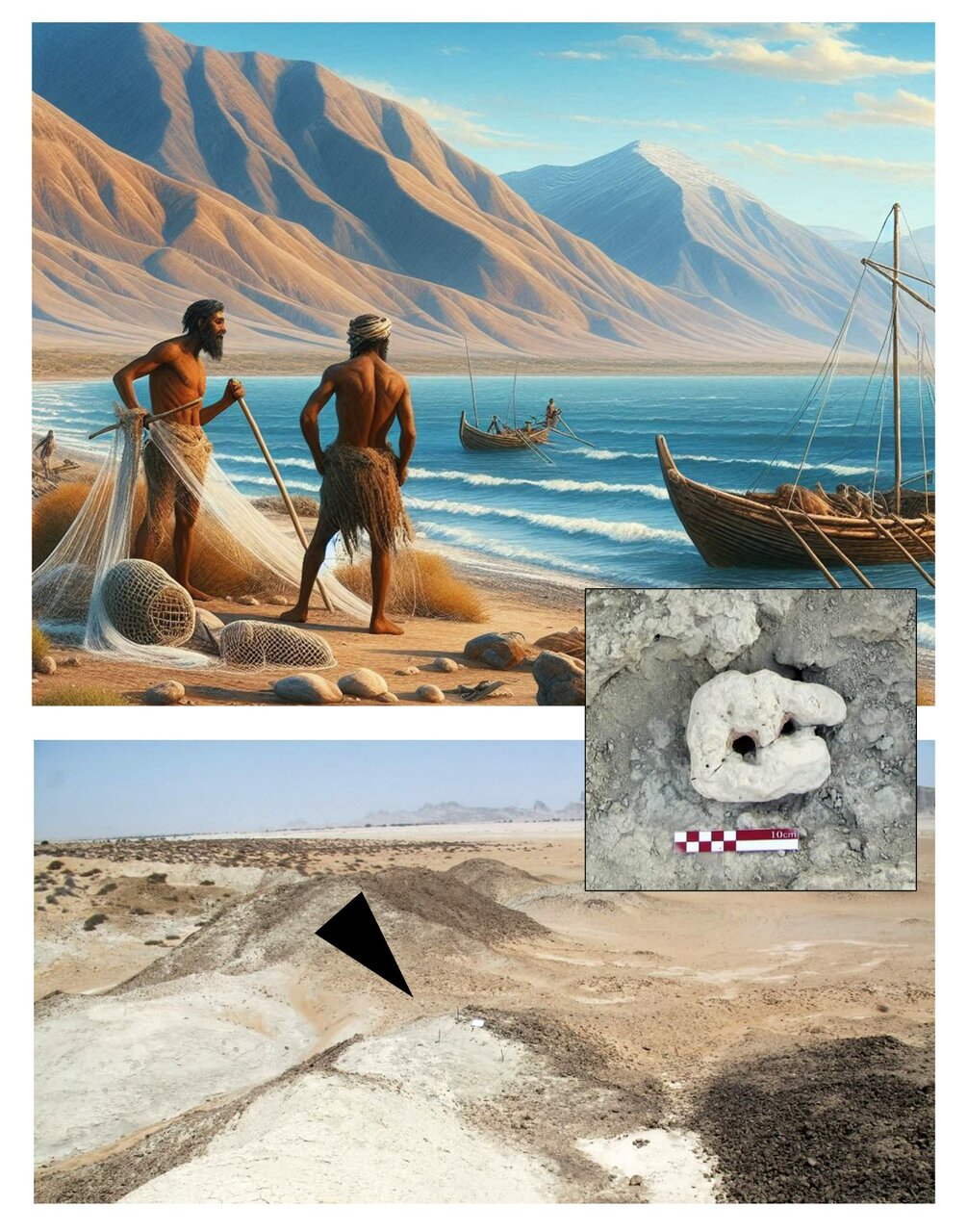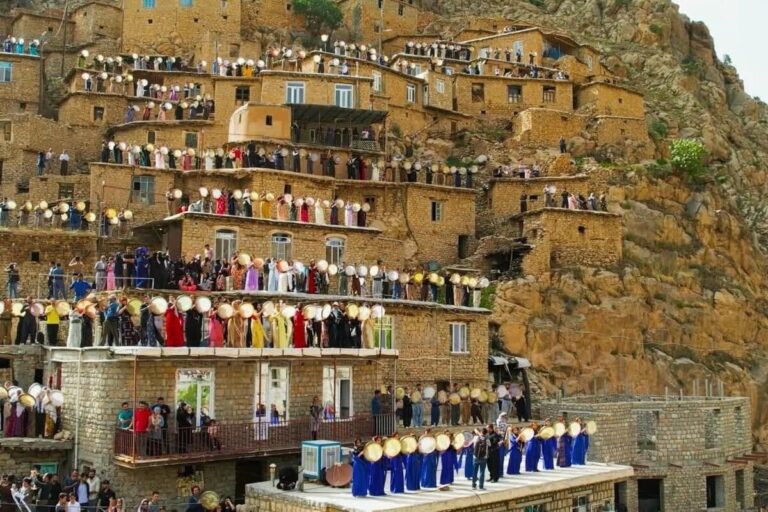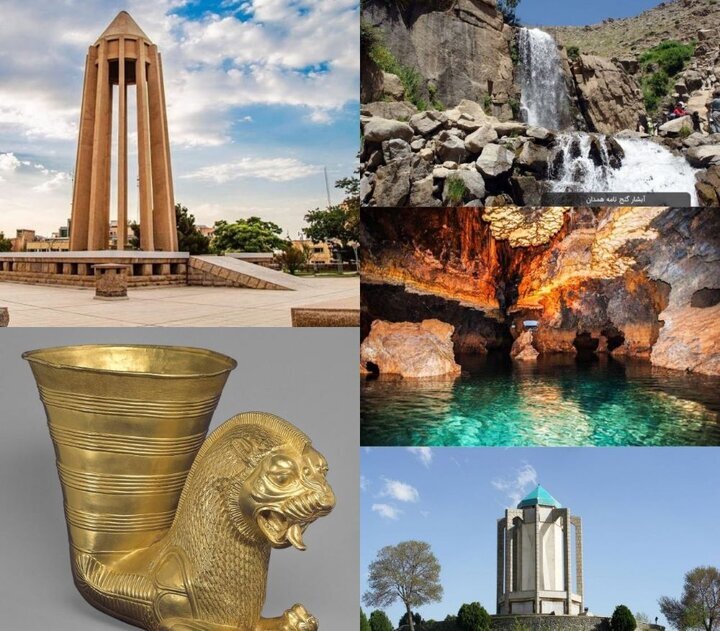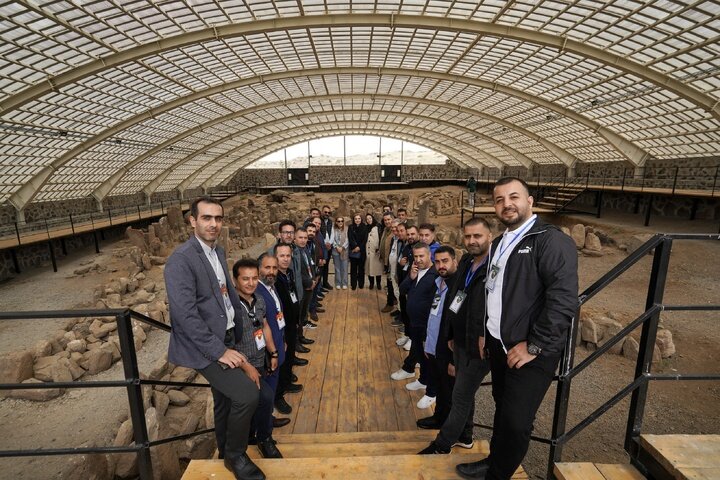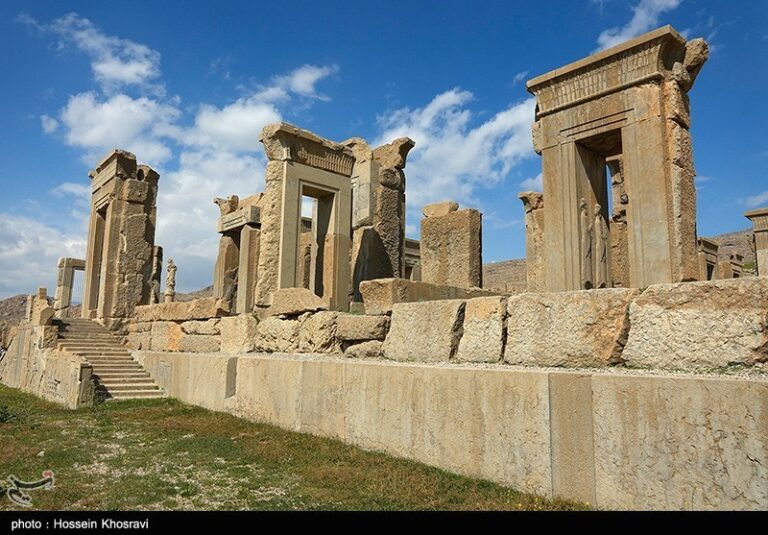Ancient Fishing Secrets Revealed: Archaeologists Discover Prehistoric Evidence in Southeast Iran
Recent archaeological discoveries along the Makran coasts in southeastern Iran have unveiled fascinating evidence of ancient fishing and maritime activities. The findings, which date back to various cultural periods, highlight the area’s rich history and its connection to marine resources.
According to Mortaza Hessari, the leader of the excavation team, significant artifacts were uncovered during the ongoing investigations at the Kopal site, located in Dashtiari County, Sistan-Baluchestan province. These findings are crucial for understanding the prehistoric human interaction with the aquatic environment.
Hessari elaborated on the discoveries, stating: “These discoveries include not only stone tools from the Paleolithic period but also unprecedented evidence of fishing tools such as fishing hooks and net weights, indicating the sustained use of marine resources in this region during prehistoric times.” This statement emphasizes the importance of these artifacts in showcasing the ingenuity of early human societies in adapting to their environments.
Among the notable finds, a fishing weight was discovered in one excavation trench alongside a collection of shells, marine animal bones, and pottery shards that date back to the 4th millennium BC. Hessari mentioned: “Laboratory studies of these marine remains could provide valuable insights into the aquatic species utilized by the inhabitants of this area during the late prehistoric period.” This suggests that these findings could significantly contribute to our understanding of ancient diets and fishing practices.
Urgency of Research
Hessari underscored the urgency of their research efforts, explaining: “Unfortunately, the Kopal site is at risk of destruction due to the construction of a new road. For this reason, salvage excavations were launched under the framework of research projects by the Cultural Heritage and Tourism Research Institute to salvage part of this endangered heritage.” This situation highlights the ongoing threats to archaeological sites due to modern development.
In addition to the archaeological significance, Hessari acknowledged the vital support from local authorities. He noted: “The unwavering cooperation of the Dashtiari County Governorate, particularly Mr. Abdolaziz Miaei, the honorable governor, as well as the Chabahar Cultural Heritage Department and the Makran Heritage Base, has been pivotal in advancing this project.” Such collaboration is essential for the preservation of cultural heritage amidst infrastructural advancements.
Future Prospects
Looking ahead, Hessari expressed hope for the establishment of a dedicated research center. He stated: “We hope that the continuation of such research will pave the way for the establishment of a Makran Cultural Heritage Studies Center. This center could serve as a hub for investigating and preserving this region’s unique heritage.” The creation of such a center would not only promote further studies but also enhance the awareness and appreciation of the region’s historical significance.
Iran’s Makran coast, known in Persian as Savahel-e Makkoran, is a semi-arid coastal strip along the shores of the Sea of Oman. This geographical area has played a crucial role in the region’s history, influencing trade and cultural exchanges over millennia.
Key Findings from the Excavation
- Stone Tools: Artifacts from the Paleolithic period demonstrating early human ingenuity.
- Fishing Tools: Discovery of fishing hooks and net weights indicating ancient fishing practices.
- Marine Remains: Shells, animal bones, and pottery shards that provide insights into ancient diets.
- Urgency of Preservation: Ongoing threats from modern construction necessitate salvage excavations.
- Collaboration: Support from local authorities is crucial for the advancement of archaeological projects.
- Future Research Center: Plans for a Makran Cultural Heritage Studies Center to further explore and preserve the region’s history.
In summary, the recent archaeological efforts along the Makran coasts highlight a rich tapestry of ancient maritime activities. The findings serve as a testament to the region’s historical significance and the need for continued research and preservation efforts to safeguard its cultural heritage for future generations.
